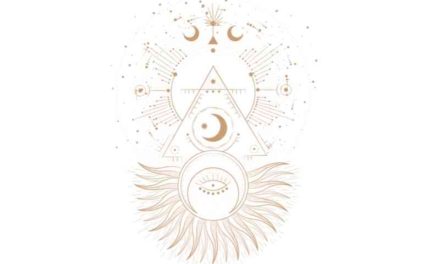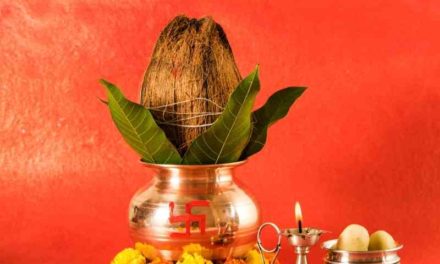Tantric worship cannot be performed without first receiving initiation, also known as Diksha. A procedure by which the guru transfers the mantra and attenuates or completely eliminates the misdeeds of the disciple is referred to as a Diksha in its literal sense. Diksha has been categorized by tantric instructors into three types: shambhavi, shakti, and Mantri or anavi – each of which corresponds to a different spiritual level of the student.
In order to initiate students, the guru first creates life in his own body, which is the vital power of the Supreme Guru, who resides in the thousand-petalled lotus, at the moment of initiation. The day before, the guru should place the prospective candidate on a kusha grass mat, which he or she should sit on.
After that, he creates Japa in his ear and wraps his crown lock around his neck. It is customary for disciples to say the mantra three times before bowing their heads and resting at the feet of the guru.
The divine Shakti, which is comprised of mantra, is conveyed from the guru’s body to the body of the Shishya via the medium of the guru’s body. The Japa of the mantra, Puja, and other rituals are considered to be ineffective if Diksha is not there. Certain mantras are not permitted to be uttered by shudras or women under any circumstances.
The mantra used for initiation should be suited for the situation. The Kula-chakra, the zodiacal circle known as the rashichakra, and other chakras decide whether a mantra is sva-kula or a-Kula to a certain individual, respectively. Women, on the other hand, are thought to be the most successful initiators.
The first of them may be accomplished with a simple contact, touch, or discussion with the disciple, as was the case in the life of Narendranath, Swami Vivekananda’s Pre-monastic name, at his second meeting with Sri Ramakrishna on his third meeting with Sri Ramakrishna.
A shakti form of initiation is one in which the guru infuses his or her own spiritual strength into the student together with divine knowledge, therefore awakening the spiritual dimension inside the disciple.
During this technique, the guru writes the bija-mantra on the tongue of the disciple, and the latter immediately merges into a vision of the ideal he has chosen. As well, when the guru uses the mantri or anavi kind, he whispers the mantra directly into the listener’s ear.
The disciple’s constant repeating of the mantra, as well as his or her meditation on its meaning, causes the hard outer crust of the mantra to break away. Mantra-Chaitanya is the term used to describe this phenomenon. In fact, it is the reawakening of nothingness, the unending sound.
At this point, the syllables or letters of the mantra are dissolved in the flowing stream of an unbroken vibration known as akhanda-nada, which means “unbroken vibration.” It is via the vibration of sound that enlightenment is achieved, and the seeker is gifted with the vision of his or her chosen ideal. In genuine tantric scriptures such as the Rudra-Yamala, Vayaviya Samhita, and Vishvasara Tantra, this procedure is described.
According to the Visvasara-tantra, there are four varieties of Diksha: Kriyavati, Kalavati, Varnamaya, and Vedhamaya. Kriyavati is the first of these four types of Diksha. The Kularnava mentions seven different types of Diksha once more: Kriya, Varna, Kala, Sparsa, Vak, Dak, and Manasa, among others.
According to the Rudrayamala, there are three types: Anava, Sakti, and Sambhavi. Anava is the most common. Krama, Pahcdyatana, and Ekamantra are the other types of mantras. Anava Diksha is subdivided into 10 sub-varieties, each of which has its own characteristics.
Alternatively, Kriya and Jadna are subdivided into Diksha and Jadna. The purpose of Diksha is to help the individual concerned down the path to redemption by eliminating the filthy things, which are: Anava, Buddhigata, and Maylya from his or her environment. If these obstacles are not overcome, redemption will not be possible.





